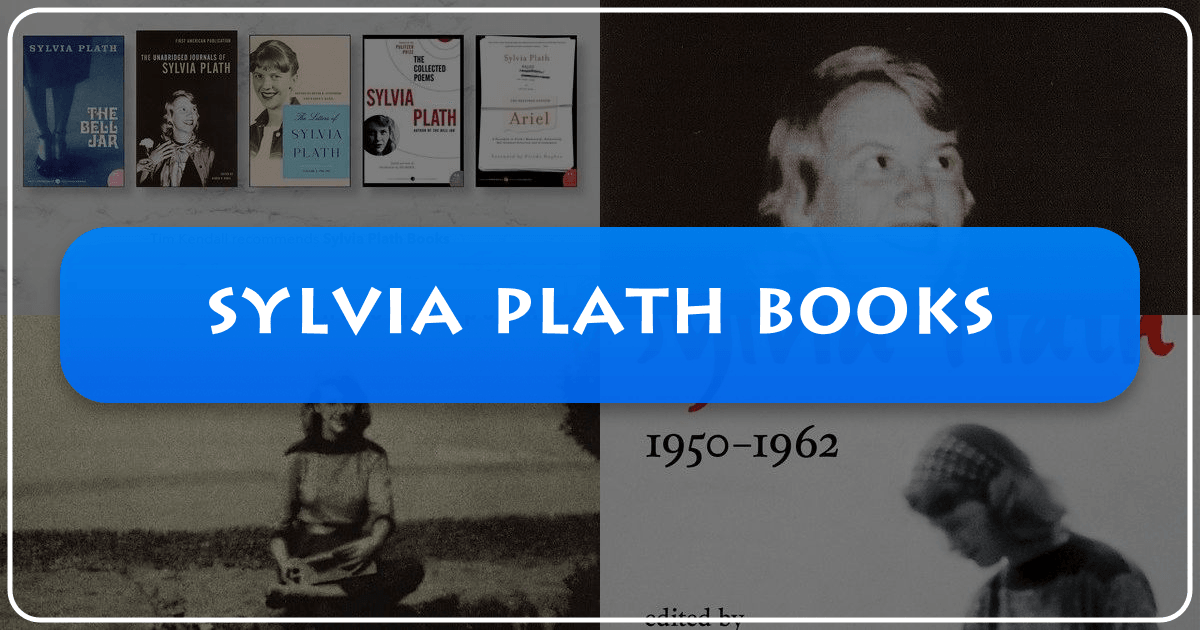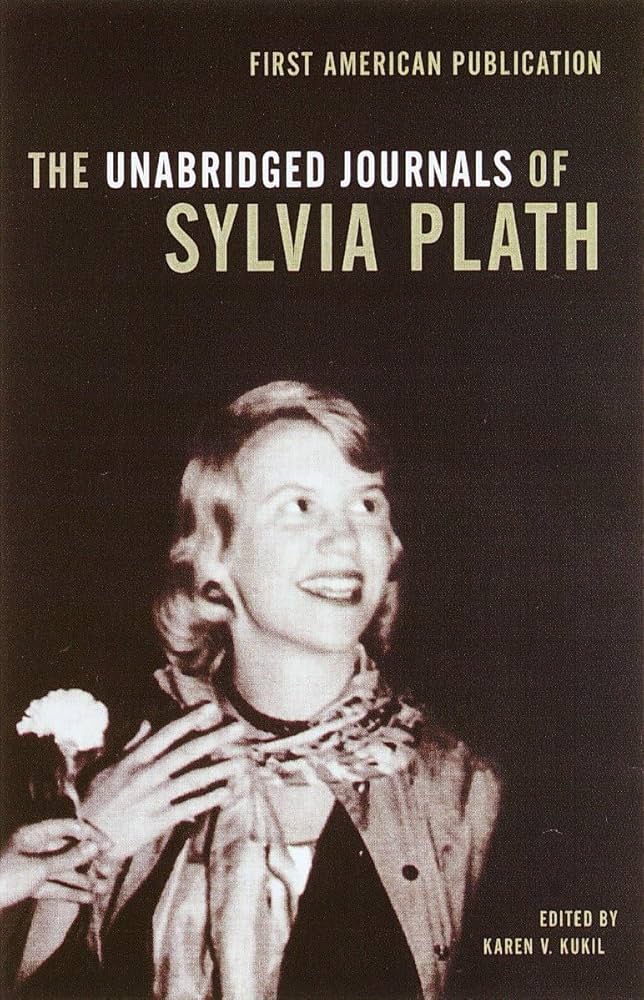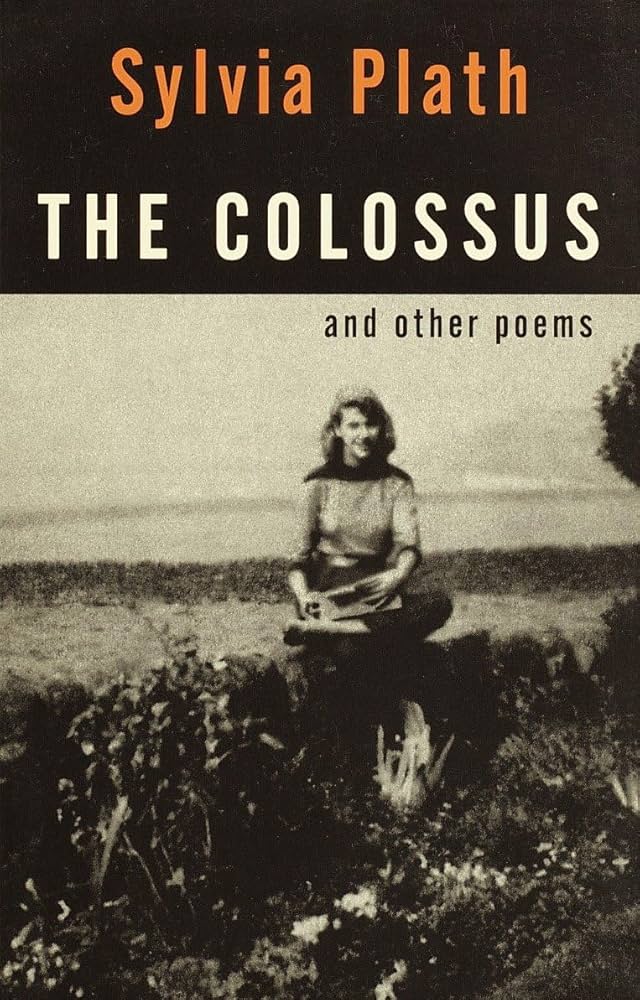Sylvia Plath Books: An In-Depth Exploration of Her Life and Literary Legacy

Sylvia Plath, a name synonymous with confessional poetry and raw emotional intensity, continues to captivate readers and scholars alike. Her work, deeply intertwined with her life experiences, remains a subject of intense fascination and critical analysis. This exploration delves into the breadth of Sylvia Plath’s literary output, examining her key works, exploring the biographical context, and considering her lasting cultural impact.
The Core Works: Novels and Poetry

Sylvia Plath’s oeuvre is characterized by its unflinching honesty and powerful imagery. Her work transcends mere autobiography, transforming personal struggles into profound artistic expressions. While the biographical aspects of her life often overshadow the artistry of her writing, it’s impossible to fully appreciate the depth and complexity of Plath’s work without acknowledging the profound influence of her life experiences on her creative process.
The Bell Jar: A Seminal Novel
The Bell Jar, Plath’s only novel, published under the pseudonym Victoria Lucas, offers a fictionalized account of her mental breakdown and subsequent recovery. The novel vividly portrays Esther Greenwood’s struggles with societal expectations, gender roles, and mental illness. It explores the suffocating feeling of confinement, often represented by the metaphorical bell jar itself, which symbolizes the constraints placed upon women in the mid-20th century. The novel is not merely a recounting of Plath’s personal struggles; it is a powerful social commentary, a sharp critique of patriarchal structures, and a testament to the resilience of the human spirit in the face of adversity. The interplay between Esther’s psychological journey and the social landscape provides a compelling narrative, showcasing Plath’s ability to weave personal experiences with broader societal critiques. The ambiguity of Esther’s recovery, and the subtle hints of a newfound sense of self at the book’s conclusion, leave a lasting impression on readers.

The novel’s comic elements, often overlooked due to the weight of its subject matter, add another layer of complexity. The dry wit and sharp observations of Esther’s interactions with those around her inject moments of humor into the narrative, highlighting the strength of her character even in moments of profound vulnerability.
Collected Poems: A Comprehensive Anthology
Collected Poems brings together the entirety of Plath’s poetic work, showcasing the evolution of her style and thematic concerns throughout her career. The collection demonstrates Plath’s mastery of language, her ability to evoke vivid imagery, and her exploration of universal themes such as death, rebirth, nature, and the complexities of human relationships. The chronological arrangement of the poems in Collected Poems allows readers to trace Plath’s artistic development, witnessing her experimentation with various forms and styles. This chronological perspective highlights the often non-linear progression of her creative process, characterized by periods of intense creativity interspersed with periods of silence.

The poems in Collected Poems showcase Plath’s exploration of landscape as a powerful metaphorical tool. The stark beauty and often harsh realities of the landscapes she depicts reflect the internal struggles of the speaker, blurring the lines between external and internal worlds. This fusion of external nature and internal emotional states is particularly evident in poems from the Ariel period, which are characterized by their intense emotional power and dynamic imagery. The restored edition of Ariel, as discussed below, sheds further light on Plath’s original intentions for this landmark collection.
Ariel: The Restored Edition
The publication of Ariel: The Restored Edition marked a significant event in Plath scholarship. This edition restores the original order of poems as intended by the author, offering a more accurate reflection of her artistic vision and thematic concerns. The restored sequence illuminates a cohesive narrative arc focused on themes of death, rebirth, and ultimately, transcendence.
The Restored Edition contrasts with the original posthumous publication of Ariel, which was reordered by Ted Hughes. The difference in ordering reveals the significant impact of editorial decisions on the interpretation of the work. Hughes’s rearrangement produced a collection that focused on the dark and confessional elements of Plath’s poetry, while the Restored Edition reveals a richer narrative arc, focusing on her themes of rebirth and overcoming adversity.
The Unabridged Journals of Sylvia Plath
The Unabridged Journals of Sylvia Plath offer an intimate and unflinching glimpse into the poet’s life. These journals, kept for over a decade, present a wealth of material that reveals her artistic process, her personal struggles, and the complexities of her relationships. The complete, uncensored version of the journals, in contrast to earlier abridged editions, allows for a more nuanced understanding of Plath’s motivations, anxieties, and evolving artistic self. The journals aren’t merely personal reflections, but also demonstrate the dedicated and rigorous approach Plath took towards her writing. The unabridged version contains character sketches of neighbors that provide invaluable insights into her creative process and ability to draw inspiration from her daily life.
The Biographical Context: Beyond the Sensationalism
Sylvia Plath’s life, marked by both extraordinary talent and tragic circumstances, has been the subject of considerable biographical speculation. While understanding the biographical context is crucial to appreciating her work, it’s essential to avoid reducing her art to mere biographical reflection. Plath’s work is an artistic alchemization of her life experiences, transforming personal struggles into powerful literary expressions. It is a complex interplay between fact and fiction, demanding careful consideration.
The relationship between Sylvia Plath and Ted Hughes remains a significant aspect of her biography and a frequent topic of discussion. While this relationship undoubtedly shaped Plath’s life and work, it is crucial to avoid simplistic narratives or assigning blame.
Plath’s correspondence, particularly the letters to her mother and her psychiatrist, provide additional insights into her personality, motivations, and experiences. These letters reveal multiple facets of her identity—the dutiful daughter, the ambitious writer, the struggling wife, and the fiercely independent individual. The letters illustrate the multiple roles she navigated and the internal conflicts that fueled her creative output.
Cultural Impact: A Legacy of Literary Influence
Sylvia Plath’s influence on literature is undeniable. Her work opened doors for confessional poetry, inspiring countless poets to engage with personal experiences with unflinching honesty. She challenged conventions and pushed boundaries, paving the way for future generations of writers exploring similar themes.
Plath’s work has been adapted into various forms, including films, plays, and musicals. These adaptations serve as a testament to the enduring power and relevance of her literary legacy, showcasing its capacity to resonate with diverse audiences across generations and mediums. Her work continues to inspire discussion and analysis, fostering vibrant literary communities and prompting a continual re-evaluation of her poetic and prose contributions.
Her numerous awards, including the posthumous Pulitzer Prize, further cement her place in literary history and highlight the widespread recognition of her exceptional talent. Her work continues to be studied and celebrated worldwide, ensuring that her voice remains both powerful and relevant for years to come.
This multifaceted exploration of Sylvia Plath’s books—from her seminal novel The Bell Jar to her profound poetry collections including Ariel and Collected Poems, along with the illuminating Unabridged Journals—demonstrates the enduring impact of her writing and underscores the importance of considering both the artistic and biographical contexts in understanding her profound literary legacy. Her influence continues to inspire and challenge, ensuring Sylvia Plath remains one of the most significant and studied authors of the 20th century.